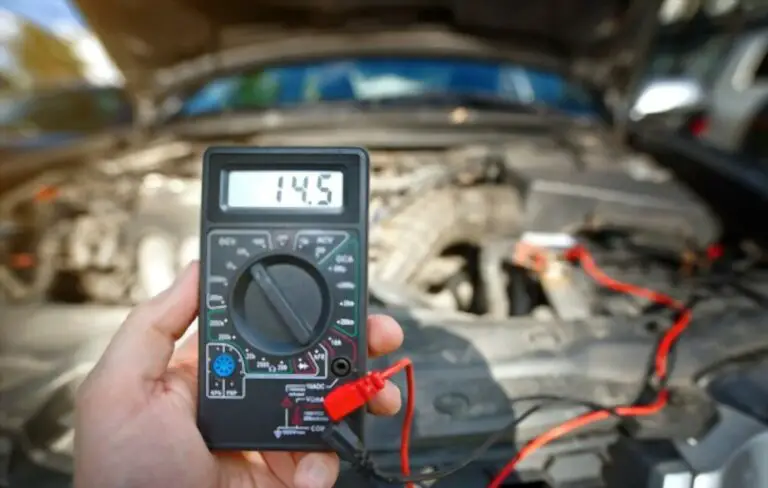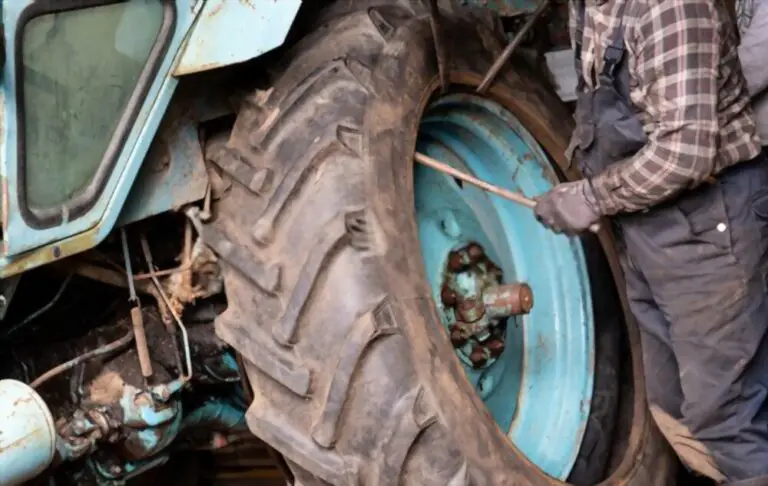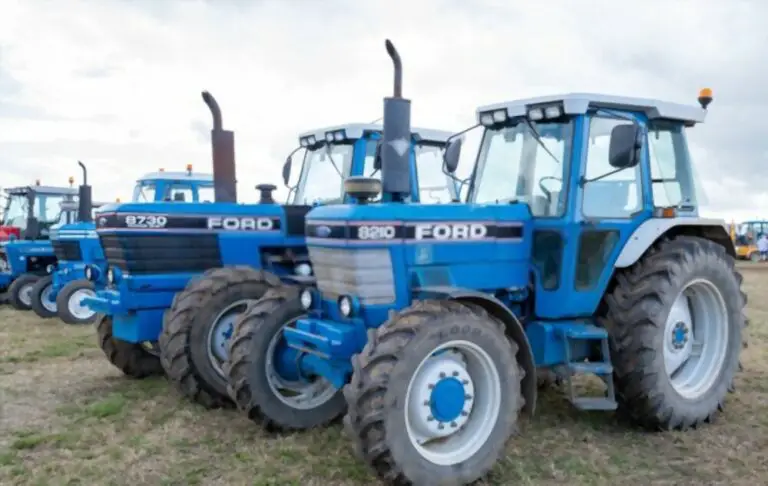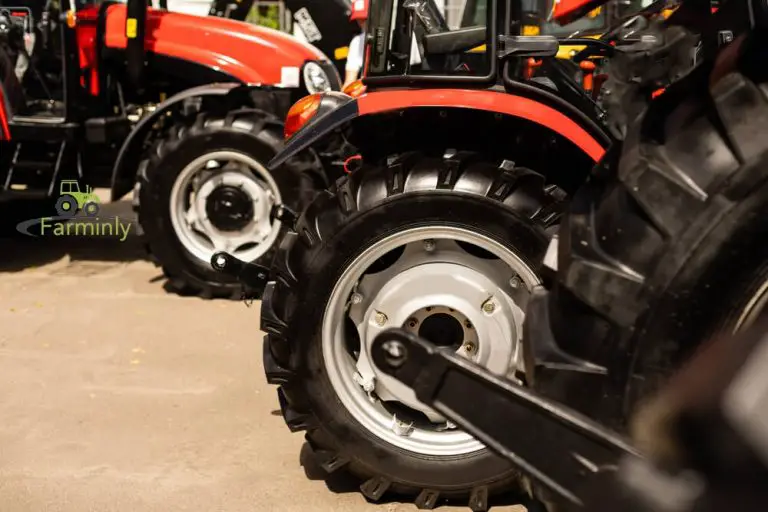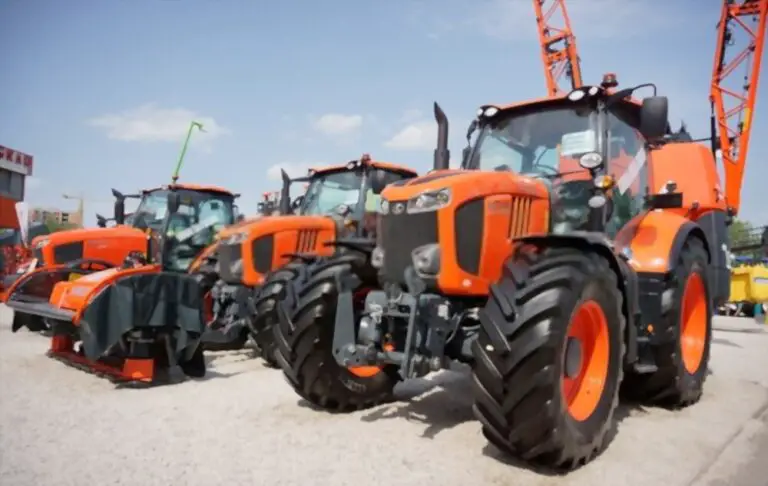Are Tractors Manual or Automatic? How do you drive a manual tractor?
Older tractors usually work on a manual shift transmission. However, modern tractors have a lot of complex, intelligent features that make them work just in the same way as an automatic car transmission.
Are tractors manual or automatic?
So in this light, I can say older tractors are manual, while the newer tractors are automatic. Automatic tractors come in different forms and efficiencies, which you will learn today.
Typically, the manual tractor of today requires a clutch operation to change gears and directions on the shuttle lever. Now more advanced versions of manual tractors operate on a hydraulically operated forward and reverse shuttle, allowing you to change directions without using the clutch.
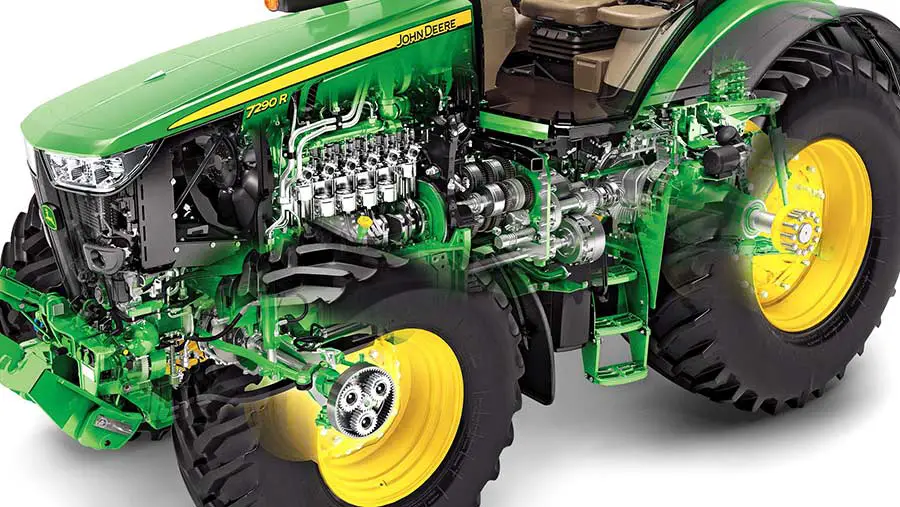
Here, adding a progression engagement control allows you to set the speed at which the tractor reacts, allowing you to drive perfectly without engaging the clutch. You will only have to engage the clutch to select the speed range in which the tractor will be working. This is said to be an intelligent transmission upgrade of the manual tractor.
So, you can see that the modern manual tractor has dramatically improved from an operational point of view. It has provided near-clutchless operation and semi-automatic gear changes, allowing you to select the power output and gear speed to match the task.
The advantage of this is that you can achieve a fixed forward speed, essential for enhanced fertilizer applications and accurate spraying, including the turf maintenance task of aerating.
Manual Transmission Tractors
The manual tractor works on a traditional style gear lever, which is also a stick-shift system. Usually, it contains several gears, including a reverse gear. Usually, the range of speeds is determined by the number of gears provided.
The original manual tractor drive system operates a clutch to change gears, engage/disengage the PTO, and change range. To drive it, you must engage the drive using a double-stage clutch, where full depression stops all drives, and partial depression disengages only the gearbox.
However, the modern manual tractor doesn’t have a separate reverse gear. Instead, it uses a forward and reverse lever, allowing you to change direction without changing the current gear the tractor is on. For instance, if your tractor has twelve gears, it has twelve forward and twelve reverse gears. For safety reasons, your tractor runs slower while reversing your tractor on the same gear.
- Can Tractors Be Stored Outside?
- Can You Jump-Start a 6-Volt Tractor With a 12-Volt Battery?
- How To Test A Voltage Regulator On A Tractor
- When Is The Best Time To Buy A Tractor?
- John Deere 5020 vs 6030: Which Is Better?
Automatic Transmission Tractors
The automatic tractors work on the belt and pulley variable drive systems that eliminate the need for manual gear changes. Here, you only use the drive pedal to accelerate. Also, you must use a separate brake pedal to slow the tractor or stop it.
Automatic tractors have advanced into different forms, and they include:
1. HST (Hydrostatic Transmission) Tractors
Tractors that work on Hydrostatic transmissions have been around for a while and have evolved to be better, more efficient, and more economical than ever. The HST transmission aims to provide a gear-free driving experience, with no gears to shift or clutches. All you have to do is press the pedal and go.
It provides an automatic tractor transmission, so even if you are an inexperienced tractor driver, you can easily operate it, unlike manual tractors.
HST tractors possess an instant forward and reverse feature that comes on its own, which is a great feature. Formerly, the HST tractor would not give the perfection required to achieve equal hole spacing. However, due to the introduction of electronic cruise control, you can consistently achieve forward speed, including consistent, equal hole spacing.
One of the cons of the HST transmission is that it is too noisy. This is because the engine must run at high speed to provide power to the tractor. The autothrottle system’s introduction has helped minimize the degree of noise and vibration and subsequently reduces fuel consumption and engine emissions.
2. Driverless Tractors
A driverless tractor is a fully automated tractor that works autonomously to deliver high tractive torque at slow speeds to perform agricultural tasks on the farm or field.
Why it is referred to as driverless, is because it operates without the presence of a human inside the tractor itself. Like a driverless car, it is programmed to decide the speed independently, set its positions and sense, and avoid obstacles like humans, animals, or structures while in operation.
Driverless tractors can be divided into fully autonomous tractors and supervised autonomous tractors. The former makes use of high-tech protocols and is more expensive to purchase. These tractors make use of GPS and other wireless technologies to operate. They usually work with a manned tractor in the lead, or you can control it straight from the control station with your phones or specialized tech gadgets.
3. Electric Tractors
The electric tractor is an upgrade of the automatic tractors. Here the tractors do not need diesel fuel to operate. It works just like the TELSA car system. It is gradually hitting the market.
The most powerful electric compact utility is the e25, perfect for mowing, hauling, tilling, and other farm duties that do not need a tractor.
The Best Tractor Gear System
If purchasing a new tractor over 100 HP, you must use a powershift transmission or a CVT. The best is the CVT Gearbox Repair Closeup.
In addition, to be the best, they have a longer life span, are easier to operate, have better fuel efficiency, a better resale value, and allow for more accurate speed control leading.
Can you change Gears on a Tractor?
For tractors made before the 1980s, you must be stationary to change gears. While in modern manual tractors, you can change gears while moving and switch quickly between forward and reverse movement while in motion.
In an automatic tractor, the tractor can change the gear for you. You mostly don’t need to get involved. You must press a button to shift gear in less tech-advanced automatic tractors – no clutch engagement.
Conclusion
We can see that tractors have evolved rapidly over the past five years. Very soon, manual tractors will be out of the market. However, this is not to say that automatic tractors are free of faults, they have, but these faults are constantly looked upon and upgraded.
Now you don’t have to be under the sun In the field to operate a tractor. With a Smartphone and navigation GPS, you can fully control your tractor on the farm from your comfort zone – all thanks to technology and AI.

